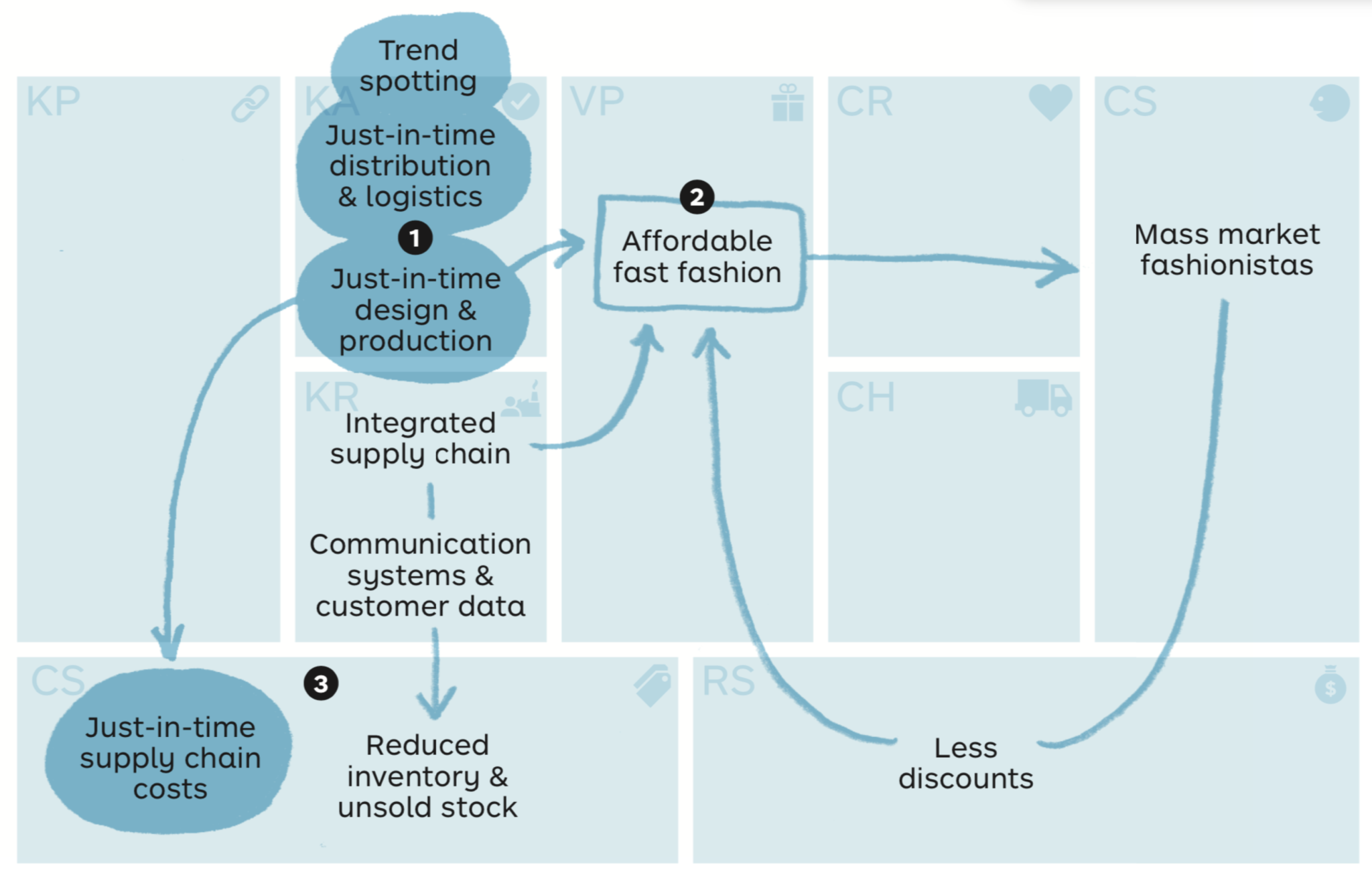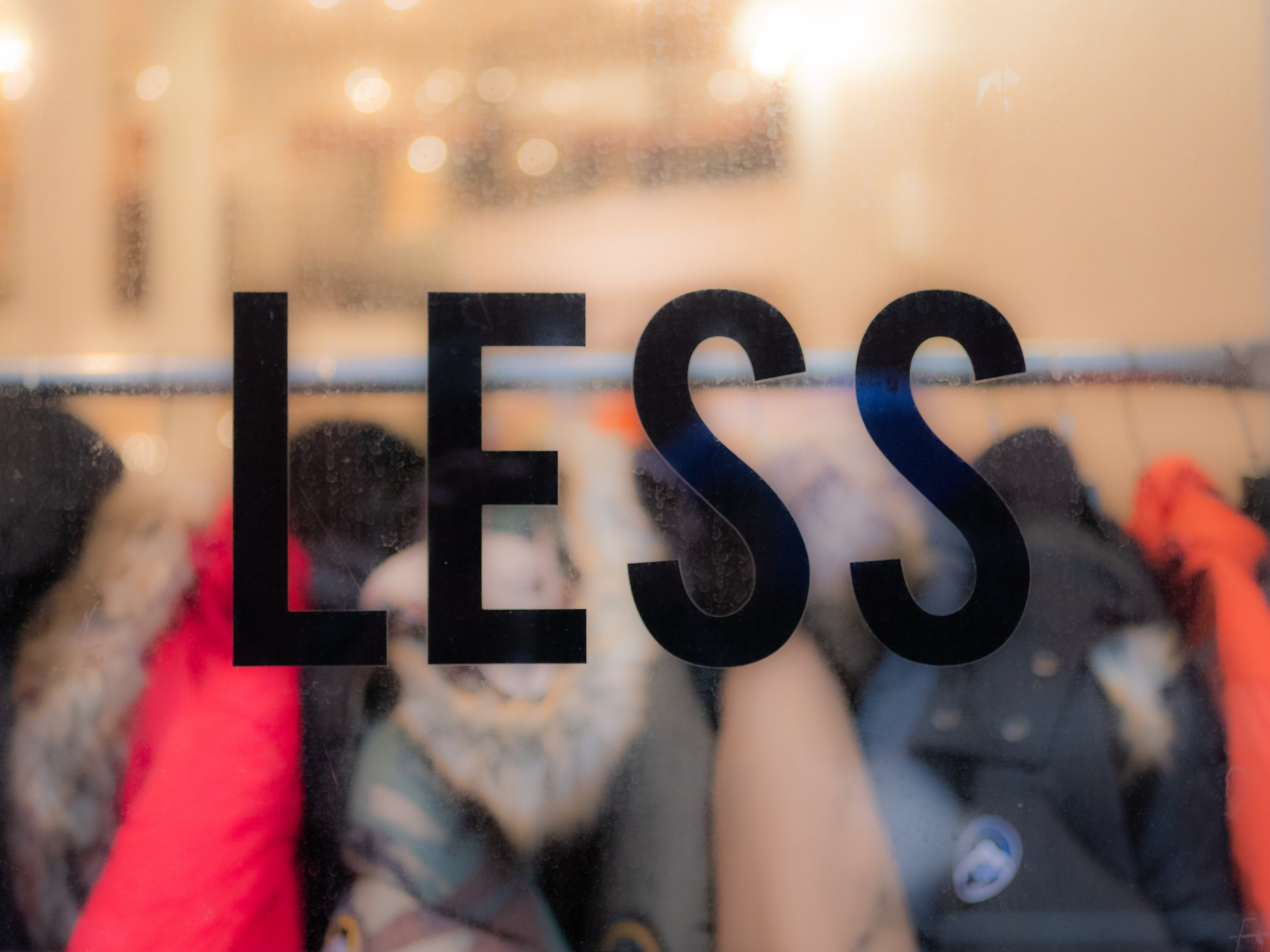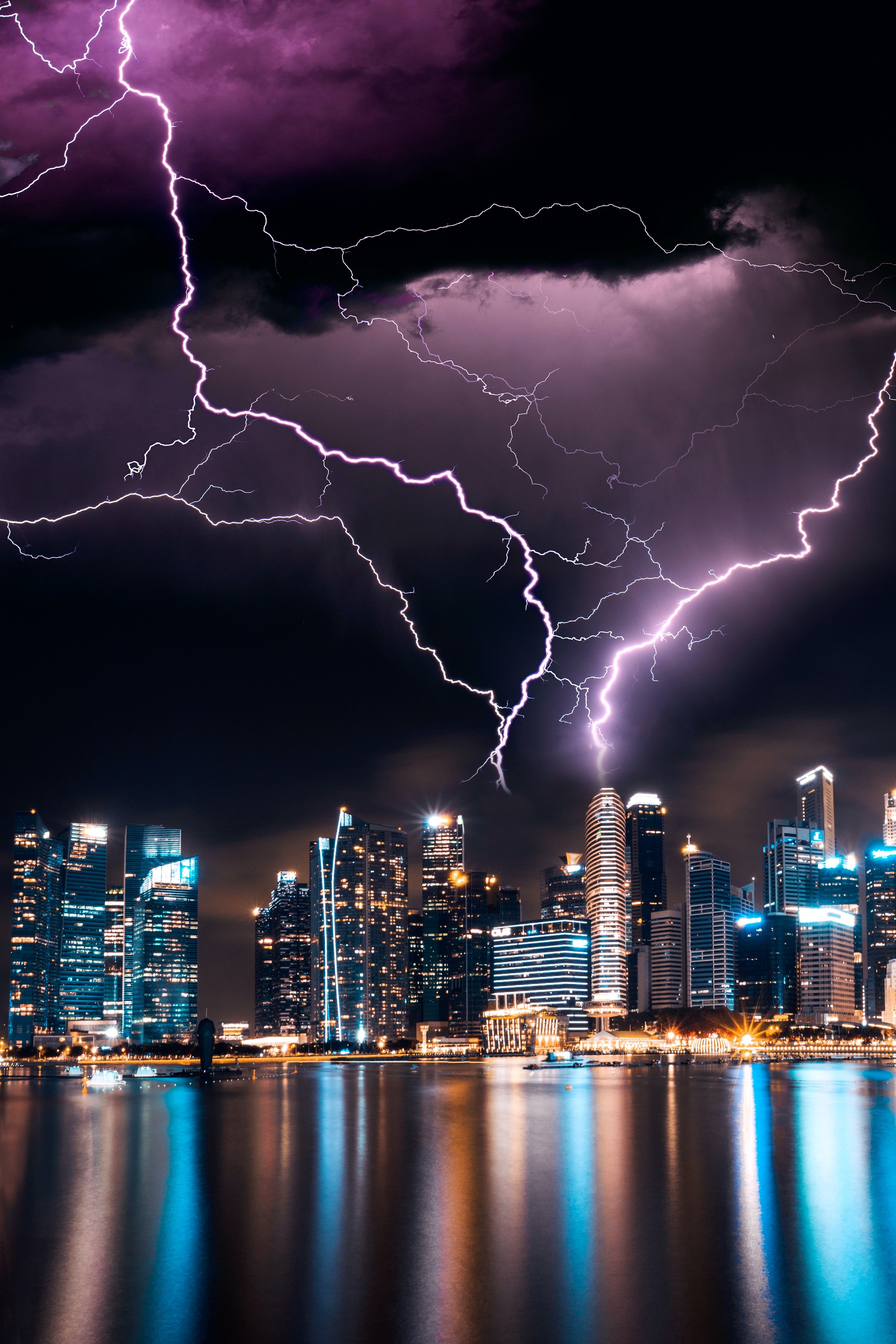Is the tide turning on Zara and fast fashion?
Photo by the blowup on Unsplash
I recently took part in a conversation where the temperature suddenly rose when the topic of fast fashion came up. I witnessed once more how a company like Zara now triggers very powerful negative reactions due to the devastating environmental impact of this consumer driven trend.
It reminded me of the inflection point concept that Rita McGrath introduces in her book titled Seeing Around Corners.
In this blogpost I want to pull on this Zara thread (apologies for the bad joke) and highlight three characteristics of inflection points that every leader should be aware of to help their organisation navigate them:
They happen “gradually, then suddenly”
They emit weak signals that can be seen
They create a window of opportunity
Zara vs. Patagonia
As a quick reminder, Zara created the category of fast fashion and quickly became the poster child of business model innovation. The success of the fast fashion business model led to scores of complimentary articles and business school case studies.
My co-authors and I were part of the hype and featured Zara in our book The Invincible Company. We used Zara to illustrate the “speed master” pattern in the business model patterns library within the book.
Zara as illustration of "Speed Master" Business Model Pattern in The Invincible Company
However, we also wanted to show an alternative to Zara’s business model choices and it was not by accident that the case study shown on the following page was Patagonia. The subliminal message we wanted to leave with readers when we worked on the book in 2018 was that fast fashion might have been a big success and all the buzz but the business model choices made by Zara were not the only way to succeed. Even in the same industry there are other possible paths to success such as the route taken by Patagonia. Interestingly, our subliminal message may no longer be needed as the aura of Zara has been fading while the aura of small Patagonia has been continuously growing.
Recently Zara has been more often portrayed in the media as the ultimate sustainability villain rather than the innovation champion it was a few years ago.
Is this a sign that the tide is finally turning on fast fashion?
Definition of an inflection point
In her book Seeing Around Corners, Rita McGrath provides guidance on how to spot inflection points in a business before they happen.
“An inflection point is a change in the business environment that dramatically shifts some elements of your activities, throwing certain taken-for-granted assumptions into question.” Rita McGrath
"Gradually, then suddenly"
In her introduction, McGrath illustrates one of the key characteristics of an inflection point by quoting Hemingway’s character Mike Campbell in The Sun Also Rises. Asked how he went bankrupt, he answers: “gradually, then suddenly.” With inflection points in business, change also happens gradually and then suddenly.
And because change is gradual at the beginning, it is important to look for signs and data points of this emerging future. In a 2020 article titled Everything Old Is New Again: Why Fast Fashion Is Facing An Inflection Point, Rita McGrath explains her approach to spotting weak signals and creating early warning scenarios.
Spotting an inflection point
In the heat of this fast fashion conversation, I thought to myself “surely if the tide has started to turn on fast fashion, then this should show in Inditex’s recent sales figures.”
Well not yet apparently. If you look at the below chart you can see that Inditex, Zara’s parent company, has quickly rebounded from the impact of COVID in 2020.
Inditex now seems to be heading for a record year in 2022. In its interim half year 2022 results, it reported that “in 1H2022, Inditex’s fully integrated model had a very strong operating performance. Sales, EBITDA and net income reached historic highs. (…) The Spring/Summer collections were very well received by our customers. Sales reached €14.8 billion, +24.5%. Sales in constant currencies grew 25%.”
How do you reconcile lots of negative press and record sales?
If you’re a big movie fan like me, this would seem like a typical “Match Point” moment where the coin could land on one side or the other. Maybe societal norms and values are shifting slightly faster than customer behaviours. Maybe those purchasing behaviours will catch up and shift in the near future. In this still uncertain context, it will be critical to continue to watch for weak signals and relevant data points.
One strong signal though is coming from regulators. They are key stakeholders not to be ignored, and recent activities by EU regulators means that things could change quickly for the fashion industry. The new EU strategy for sustainable and circular textiles will be backed up by new stringent rules, including the Ecodesign for Sustainable Products Regulation that should start to be applied in 2024.
A window of opportunity
With societal norms and values, as well as regulations changing in a direction that is clearly not favourable to fast fashion, but customer demand still being strong, there is a clear window of opportunity for Zara to change and adapt to avoid the proverbial “burning platform”. And that brings me to a third insight. If change happens gradually at first, slowly eroding the business model of a company, then it doesn’t have to be lethal for the company. If seen sufficiently early, the inflection point also creates a window of opportunity for the company to shift their business model before it becomes obsolete.
A quick look at the Inditex website clearly points to their awareness of this potential inflexion point. Sustainability is now a very visible priority with clear objectives for Inditex.
If Inditex could demonstrate that they are as fast leading the transition to a circular and sustainable business model at Zara as they are launching new collections, then I would not be too worried for them.
Again, it will be critical to continue to watch for weak signals and relevant data points. Inditex could well end up the winners again on the other side of the inflection point. If that happens, then that would be good news for the environment. And we would be happy to update The Invincible Company to add Zara’s name to the “sustainability master” pattern.
Note: an earlier version of this post was originally published on the Vibrance Partners blog













